Taiwan Intellectual Property Office Issues Latest Patent Updates
Various regulations published earlier in 2013 became effective at the beginning of July. Here are some of the most notable ones:
- An amendment was made concerning the regulations governing the determination of patent term extensions. The Taiwan Food and Drug Administration will supply data allowing TIPO to calculate the periods of domestic and foreign clinical trials for patent term extension during the regulatory registration of marketing approvals.
- The service of electronic priority document exchange between the Taiwan Intellectual Property Office (TIPO) and the Korean Intellectual Property Office was extended to design patents. This service not only simplifies transnational filing procedures and saves the time and cost used for sending paper documents, but also accelerates patent examination procedures.
- Concerning whether a prior art technique disclosed in the specification of an application can be used by the examiner as a citation, if the date of the prior art technique disclosed in the specification cannot be confirmed, the applicant has the possibility of proving the prior art technique belongs to the applicant and has not been disclosed to the public.
- For divisional applications, if a divisional application is filed based on the invention patent application, the declaration in respect of the invention patent application can be invoked in the divisional application, and if the invention patent application and/or the divisional application are considered to be allowable and to be the same creation as the utility model patent, the examiner should notify the applicant to select either the invention patent application or the divisional application to benefit from the continuation of patent rights.
TIPO Issues Draft Revision Notice Regarding Patent Examination Guidelines
The Taiwan Intellectual Property Office has made some amendments to certain sections of the Patent Examination Guidelines as part of an ongoing effort to reform examination practices and update other aspects of the judicial system. Some of the highlights are as follows:
- Concerning divisional applications, whereas now only one divisional application is permitted, the new guidelines state that in the event of a parallel filing, the applicant will have the freedom to file more than one divisional application. However, when the parent or any divisional application proceeds to allowance, the applicant shall decide in the reply to TIPO which application sharing the same invention with the earlier granted utility model is the one to receive the patent right. Also, division from a domestic priority basis is now possible. An earlier application which has served as the basis of domestic priority will be deemed withdrawn 15 months from its own filing date, and TIPO will consider it as dormant because the later-filed application has replaced it as a result of priority. However, the applicant is permitted to file for a new divisional application from the earlier-filed application to include matters that are not joined in the later-filed application. This is to give the applicant a greater latitude of procedural freedom.
- For the issue of double jeopardy and invalidation issues, when an invalidity challenge against a multiple dependent claim where the present challenge only addresses a portion of the patent right comprised by said multiple dependent claim and some claims therefrom, if the present challenge ultimately fails, another new invalidity challenge against the unaddressed portion of the patent right can still be instituted without the risk of double jeopardy.
TSMC Remains Top Invention Patent Applicant in 2023 H1
Taiwan Semiconductor Manufacturing Co. retained the title of No. 1 invention patent applicant in Taiwan in the first half of this year, according to the Intellectual Property Office of the Ministry of Economic Affairs. In addition to topping the list of Taiwanese companies, TSMC was also ahead of all foreign applicants in the six-month period from January to June 2023. Data compiled by the office showed TSMC filed 1,171 invention patent applications, up 1 percent from a year earlier, making the chipmaker the largest invention patent applicant in Taiwan for the seventh year in a row. Among foreign companies, South Korean tech giant Samsung Electronics Co. was the top invention patent applicant, filing 430 applications in the first half of the year, a 48% rise from a year earlier. The office said that artificial intelligence (AI) development led to an increase in high-performance computing applications, which pushed up demand for TSMC’s high-end processes and led the company to seek more invention patents. After TSMC, smartphone IC designer MediaTek Inc. came in second after filing 321 invention patents in the six-month period followed by flat-panel maker AUO Corp. with 228, DRAM chip supplier Nanya Technology Corp. with 219, and flat-panel supplier Innolux Corp. with 181. The number of invention patent applications from the above-mentioned companies was evidence of the galvanizing effect of AI on the industry. Following Samsung, US semiconductor equipment supplier Applied Materials Inc. took the second spot among foreign applicants after filing 341 invention patents in the six-month period followed by US smartphone chip designer Qualcomm Inc. with 316, Japanese electrical product maker Nitto Denko Corp with 254, and Japan-based semiconductor supplier Tokyo Electron Ltd. with 249. In the first half of this year, a total of 24,256 invention patents were filed, down 0.2% from a year earlier, with 9,390 of them from local entities, and 14,866 from foreign entities.
China Issues First Regulation Covering Supervision and Administration of Private Equity Funds
The new regulation for Private Equity Funds (PE) will come into effect in September this year. The regulation delineates the bottom line of supervision to control risks from the outset. Differentiated supervision will be adopted according to fund managers’ business type, asset management scale, compliance, risk control and capability to serve investors, according to the explanation provided by the China Securities Regulatory Commission. By allowing for industry recognition and meeting expectations based on supervisory history over the past few years, the new regulation will serve as a fundamental mechanism to complete comprehensive supervision over China’s PE industry, said the CSRC. Based on the new regulation, the CSRC will further optimize its management of PE funds’ fundraising, investment, capital operations and information disclosure practices. The new regulation provides detailed measures throughout the PE lifecycle of fundraising, investment, management and exit. There will also be strict punishment for violations such as misappropriation and misuse of capital. The intention is that the PE industry should serve the real economy and promote technological innovation. Private investment funds in the form of contracts, corporations and partnerships are all subject to the new regulation. One expectation is that this will be a big stimulus to R&D and the ongoing production of commercially viable patents.
CNIPA Releases Annual Report for 2022
The China National Intellectual Property Administration released its annual report on June 5, 2023. For the year 2022, the number of invention patent applications rose 2.1% (year on year) to 1,619,000, and the number filed by international applicants fell 2% to 155,000. The number of utility model applications rose 3.5% to 2,951,000. The number of design applications fell 1.4% to 795,000. The accuracy rate of invention patent examination was 93.4%. The number of invention patents granted rose 14.7% to 798,000, and the number filed by international applicants was 102,000, which was 12.9% of the total. The number of utility models granted fell significantly by 10.1% to 2,804,000. The number of designs granted fell 8.2% to 721,000. The number of invention patents owned by international assignees was 861,000, which was 20.4% of the total valid and granted patents. The number of high-value patents granted to every 10,000 population was 9.4, which was an increase of 1.9%. In total, by the end of 2022, China had more than 4,212,000 valid invention patents. Also, the pendency of invention patent examination was down to 16.5 months, and the pendency for high value patents was only 13 months. In terms of which international enterprises were assigned the most patents, Samsung was first with 1785, Toyota were second with 1729, Qualcomm were third with 1231, Honda were fourth with 1213, Bosch were fifth with 1199, Mitsubishi were sixth with 1086, LG were seventh with 886, Ford were eighth with 868, Panasonic were ninth with 855, and Canon were 10th with 849.
China releases Trademark Data for 2022
The China National Intellectual Property Administration (CNIPA) released the data for the trademark sector for 2022 recently. The number of trademark registration applications fell 20.5% year on year to 7,516,000. A total of 6,177,000 trademarks were registered in 2022, and the pendency for examining an application for trademark registration was about 4 months. By the end of 2022, China had a total of 42,672,000 valid trademark registrations. Also, the number of requests for trademark opposition fell 17.2% to 146,000, and the pendency of trademark opposition was about 11 months. More recently, for the first half of 2023, the number of Chinese trademark authorizations dropped just over 45% to 2,018,119 trademarks granted compared to the first half of 2022. The number of foreign-originated trademark grants also dropped 38% from 98,650 to 60,776 in the same time period. CNIPA did not provide any specific reasons for the drop in trademarks being granted but one particularly glaring factor was the crackdown on malicious trademark applications, a slowing down of the economy, and the sudden end in lockdowns which resulted in a wave of Covid-19 infections and the ensuing disruptions to the workplace



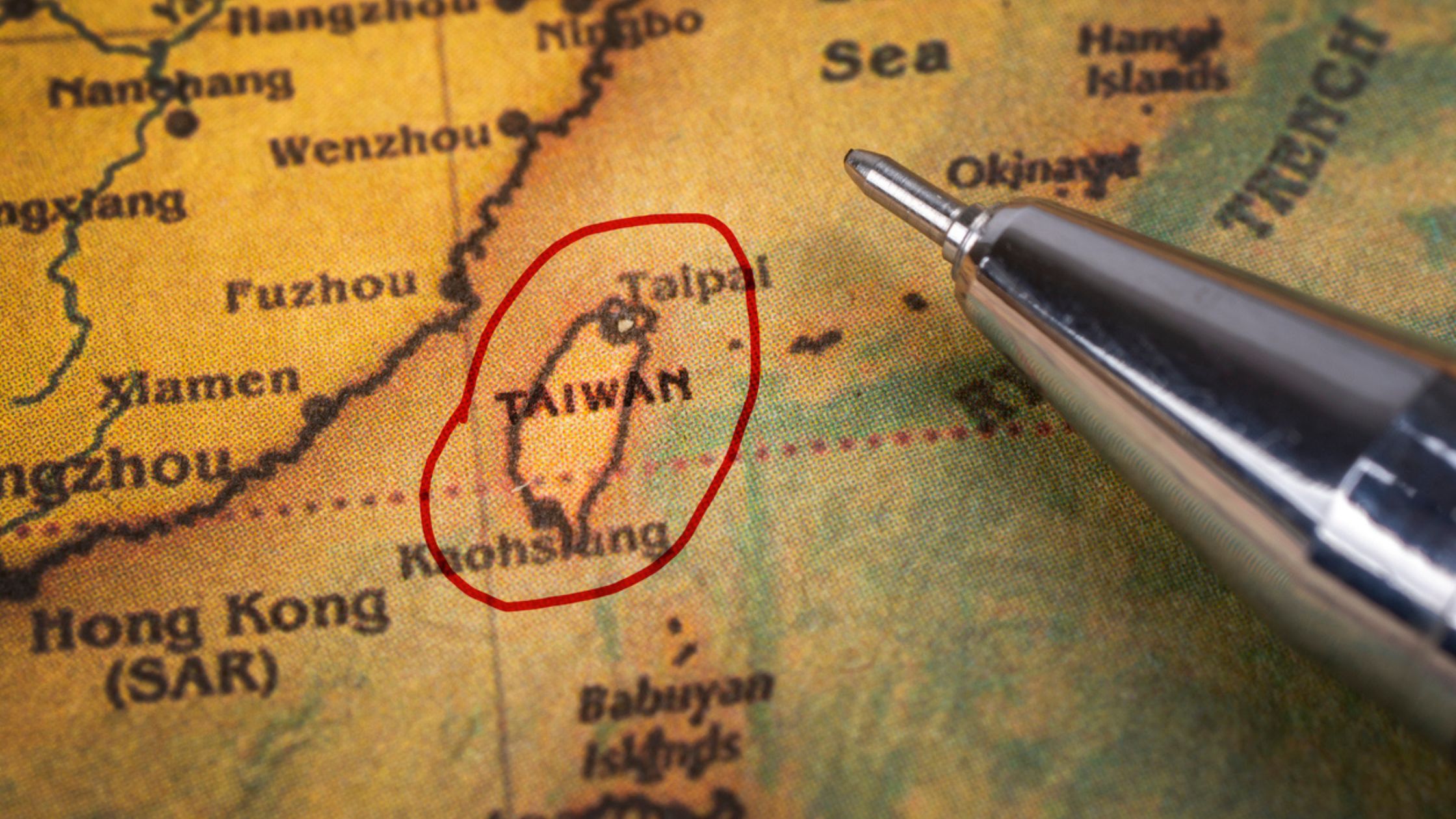
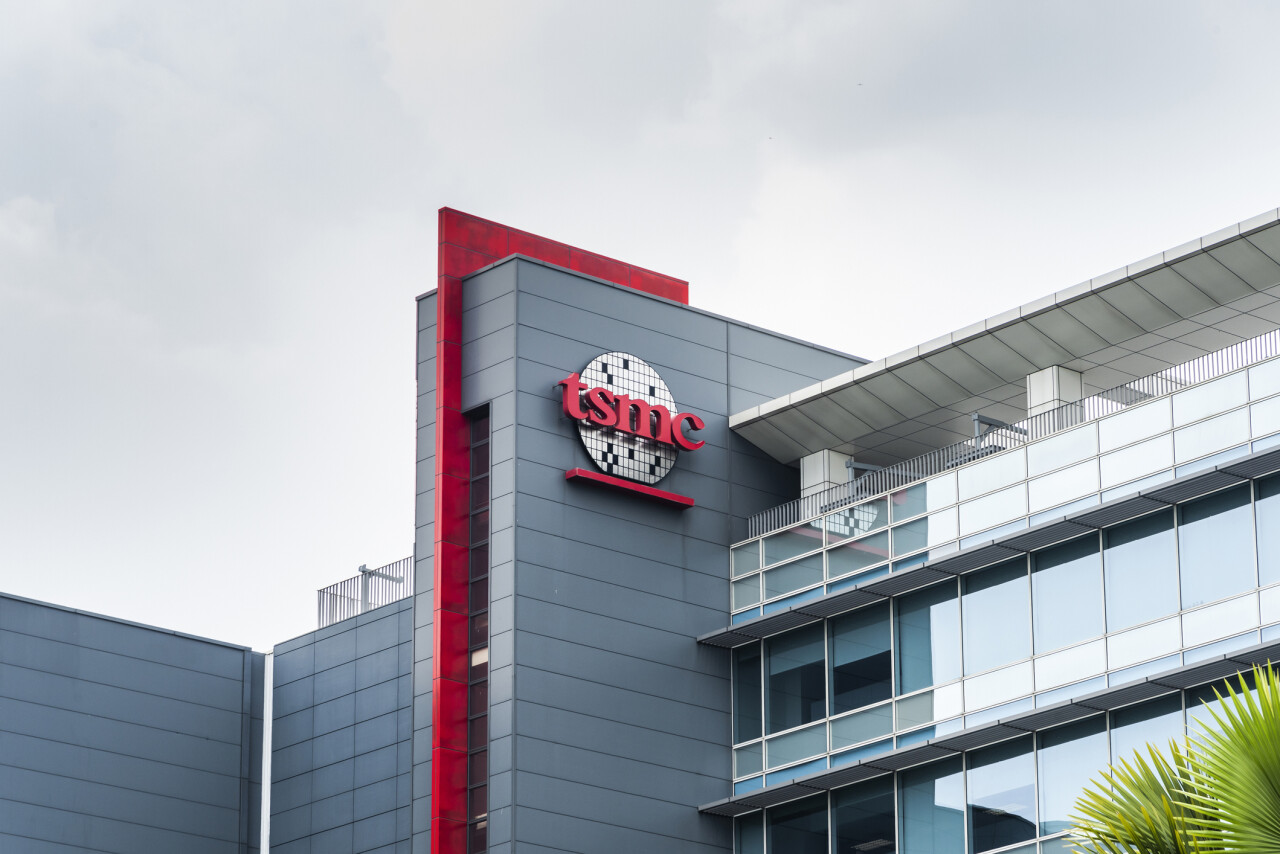

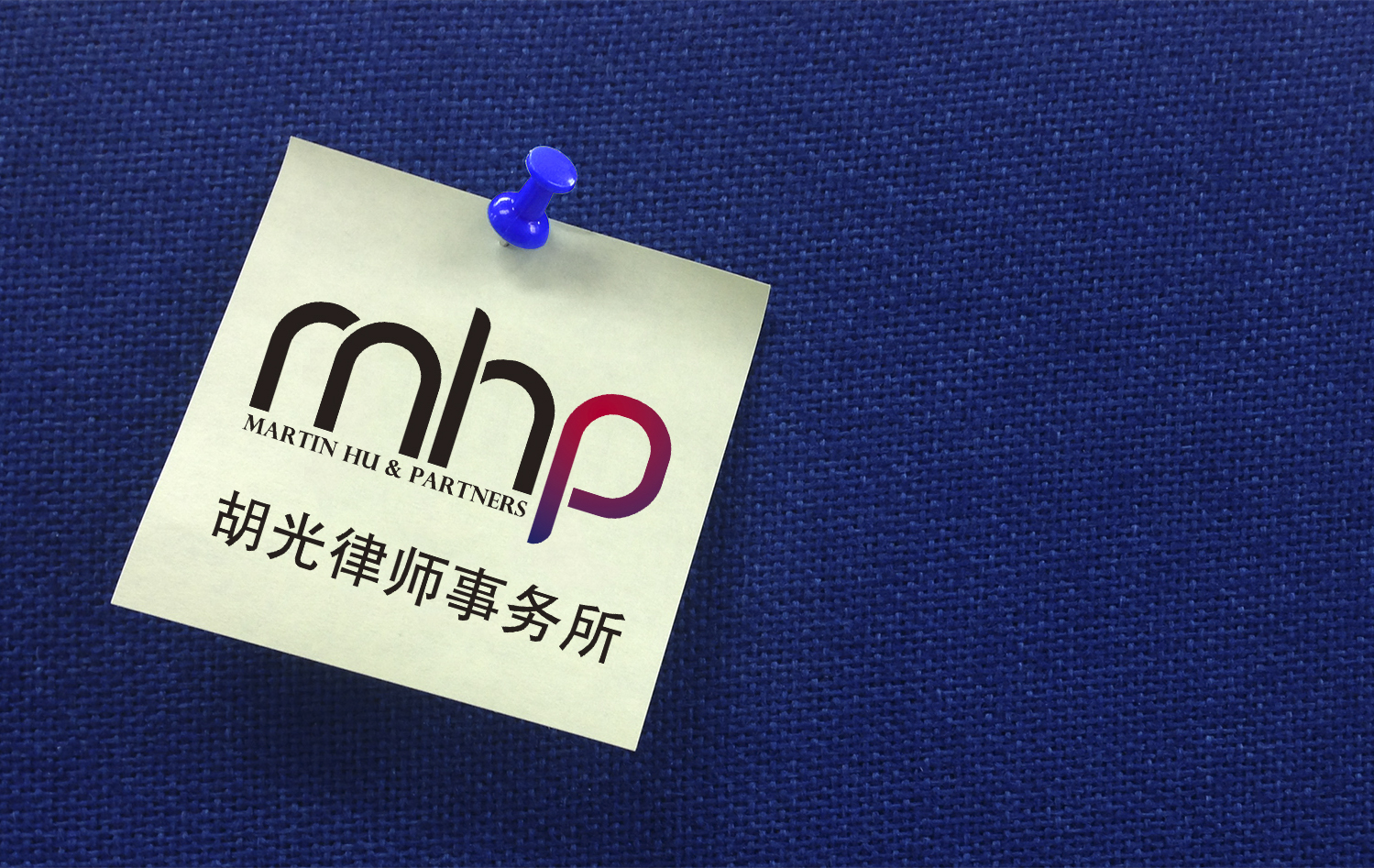




 Deep & Far Attorneys-at-law
Deep & Far Attorneys-at-law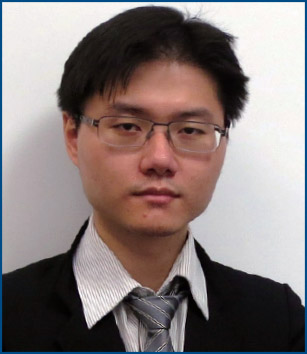 Yu-Li Tsai
Yu-Li Tsai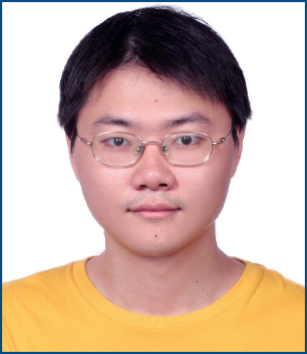 Lu-Fa Tsai
Lu-Fa Tsai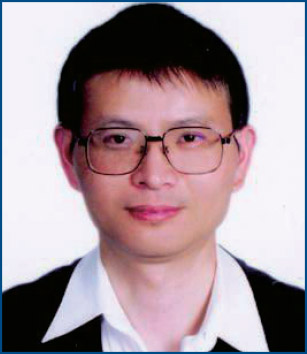 C. F. Tsai
C. F. Tsai







